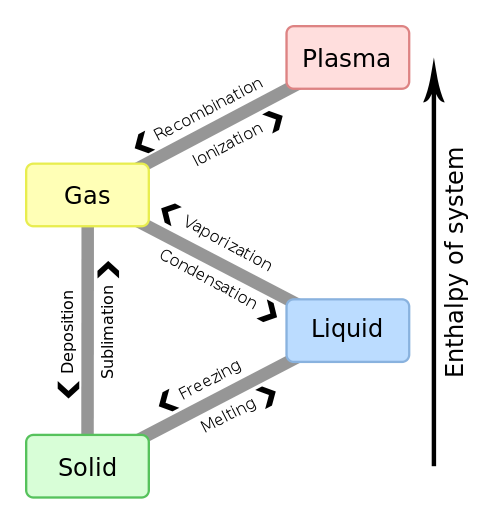As a sort of counter example, the curiosity rover on Mars uses a laser to ionise rocks to study their composition. From a practical standpoint, this looks very much like going directly from solid to plasma.
On the other hand, if you looked very closely, you'd see that the energy from the laser goes both into breaking the intermolecular and molecular bonds in the rock as well as ionising the atoms. This is in a way a necessity for generating the state generally understood by "plasma" since that implies free ions, so atoms must be both taken away from their molecules and ionised, and taking them out of molecules creates a gas, so at a low enough heating rate you go through the typical phase transitions.
CuriousOne points out, however, that the basic characteristic of a plasma - a sea of free electrons containing positive ions - is also well approximated by metals, as the valence electrons in metal crystals are not bound to individual nuclei, and some of the phenomena studied in plasmas appear in metals as well.

